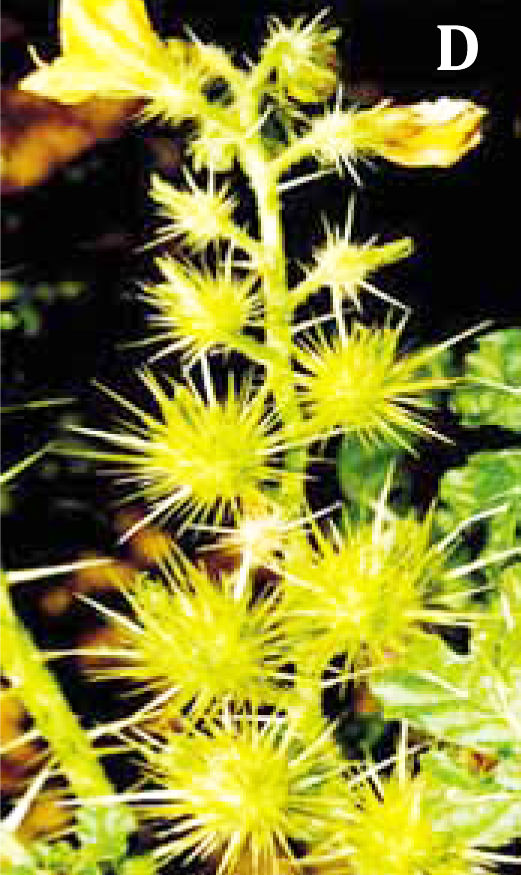On the presence of Solanum rostratum (Solanaceae) in South America: a toxic neophyte with great potential as a weed
Keywords:
Argentina, Colombia, alien flora, Solanum rostratumAbstract
The presence of Solanum rostratum Dunal (Solanaceae) in South America, on the basis of samples from San Luis (Argentina) and Bogotá (Colombia) is communicated for the first time. The species is described and illustrated, and biological characteristics that can promote its spread in local conditions are discussed. It is an annual plant that reproduces by seeds. It differs from other aculeate wild species of Solanum by their 1-2 pinnatifid leaves, coated with dense and slender spines and stellate hairs, zygomorphic flowers with bright yellow corolla and a marked heteranthery, with a pollinating, curved stamen much bigger than the other four, which serve to feed pronubes. This is the first record for the flora of both countries and South America as a whole. The importance of their find lies in its huge potential as an invasive, toxic weed.

Downloads
Published
Issue
Section
License
Aquellos autores/as que tengan publicaciones con esta revista, aceptan las Políticas Editoriales.


